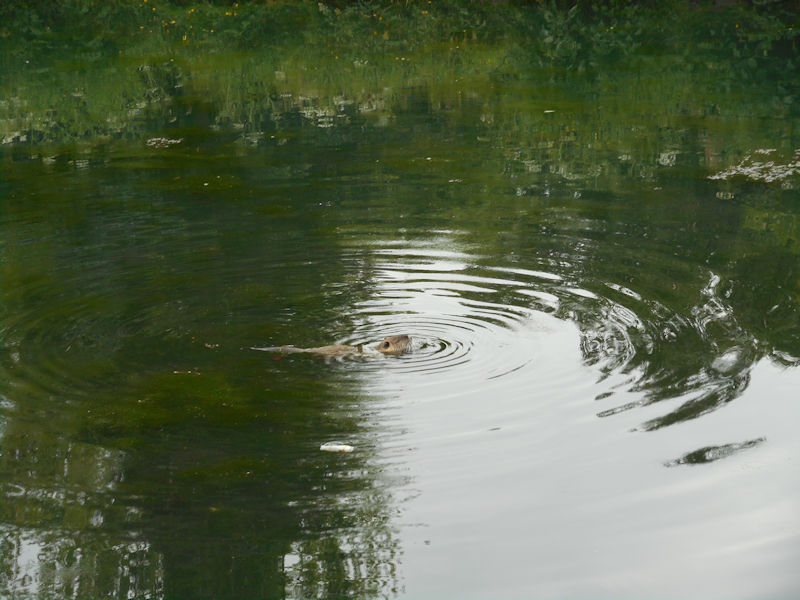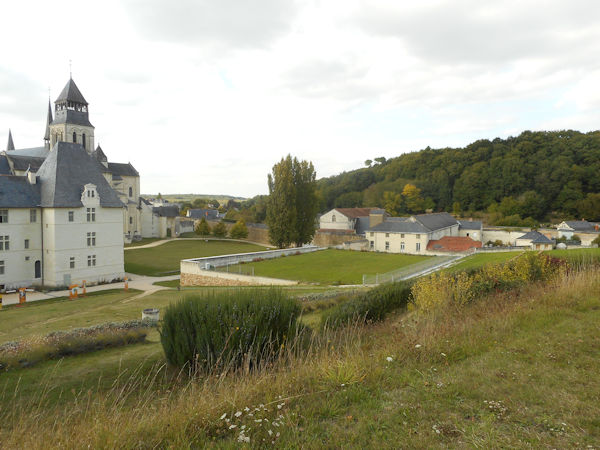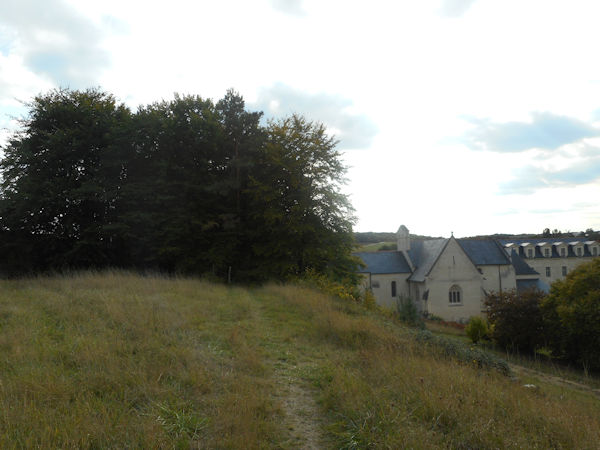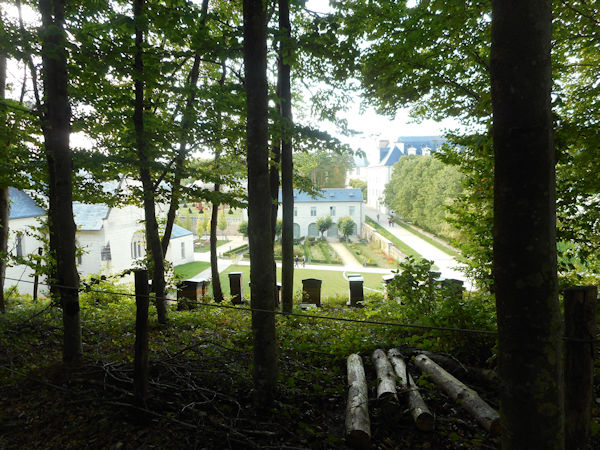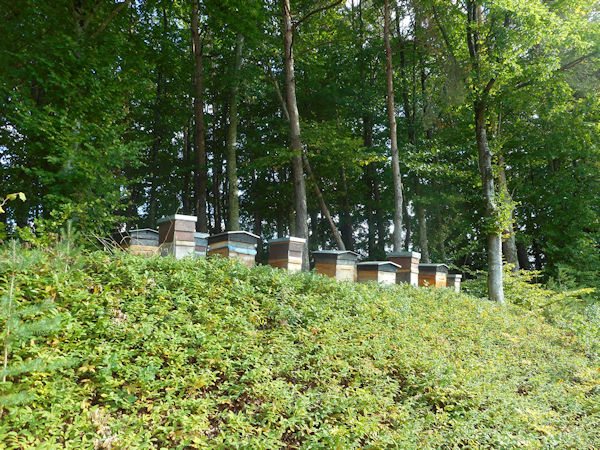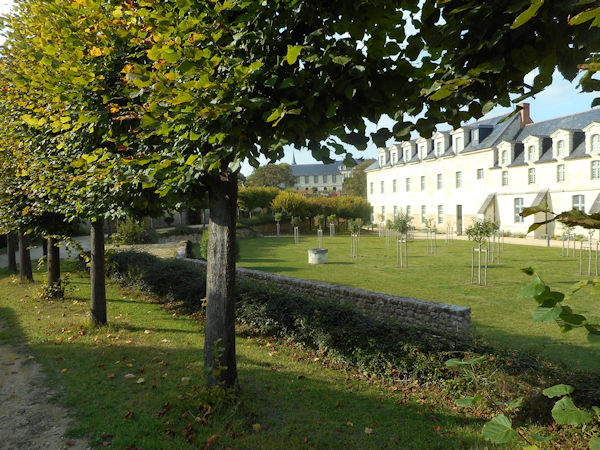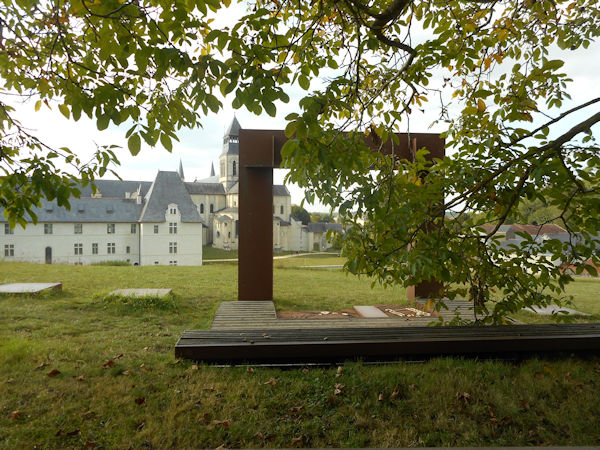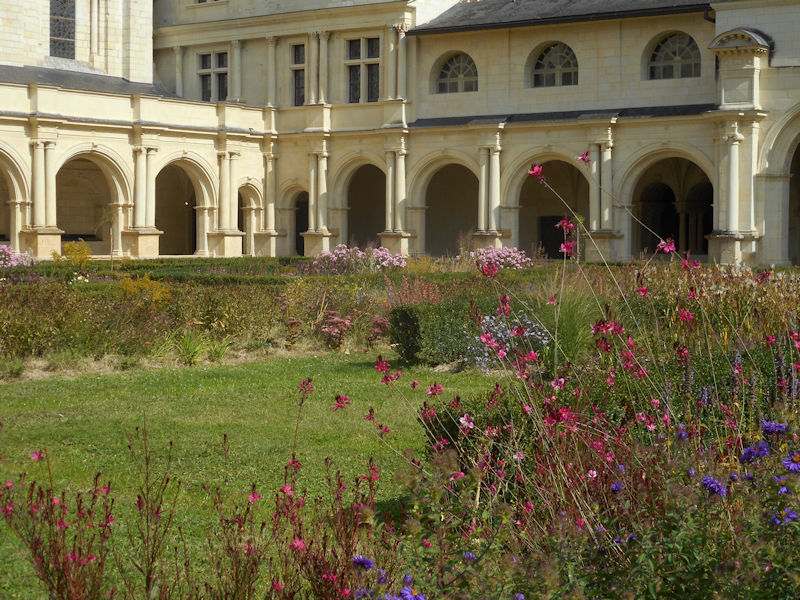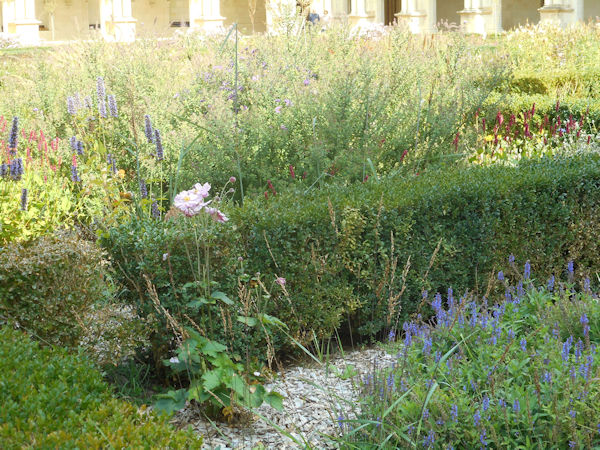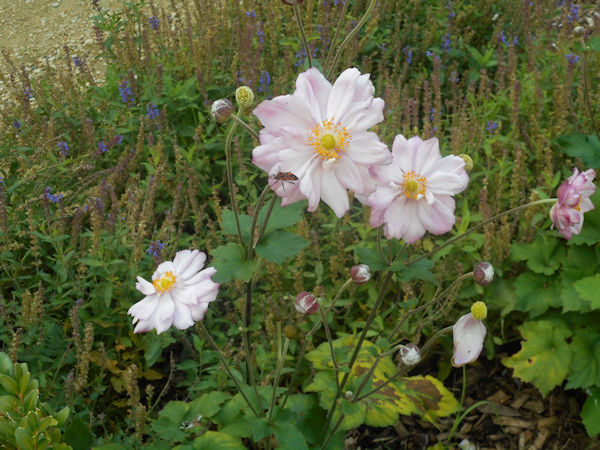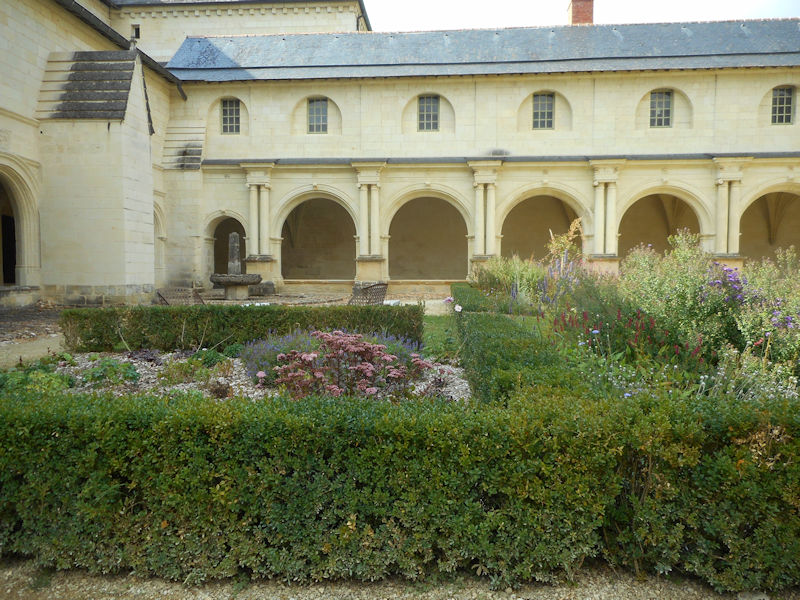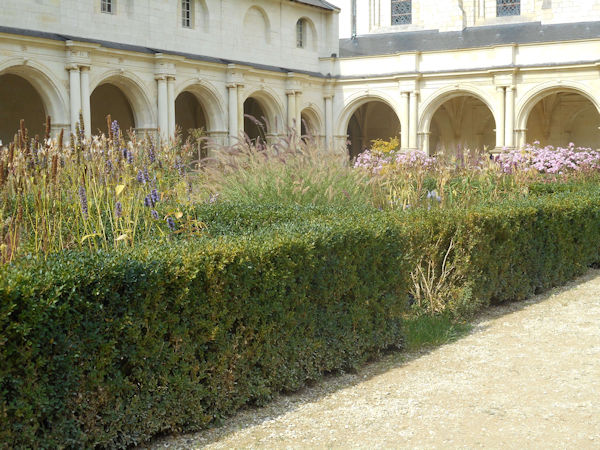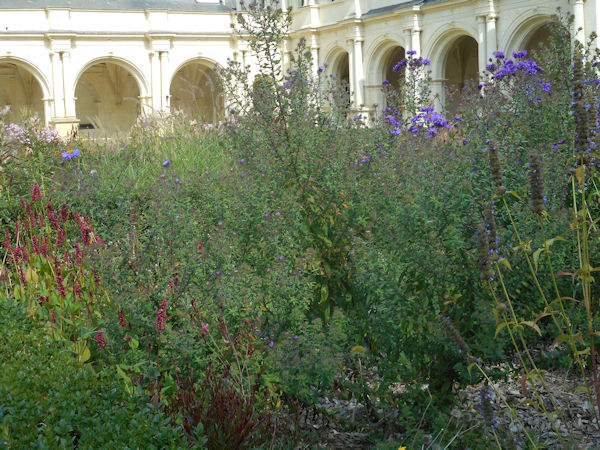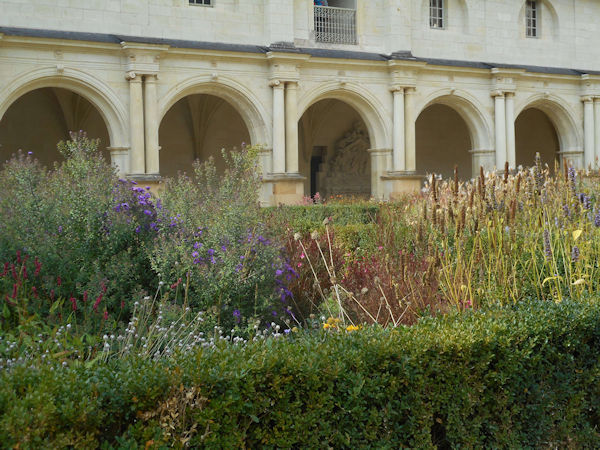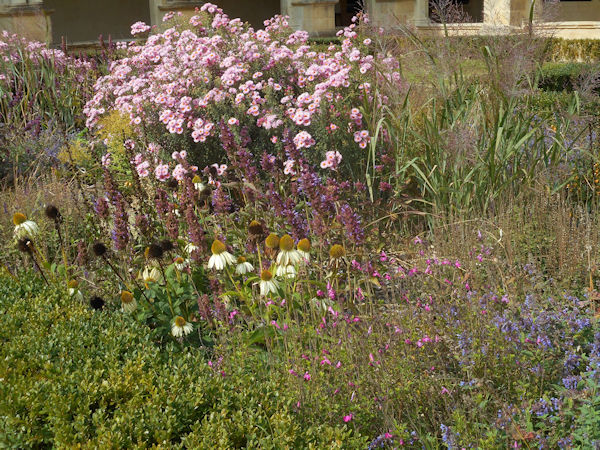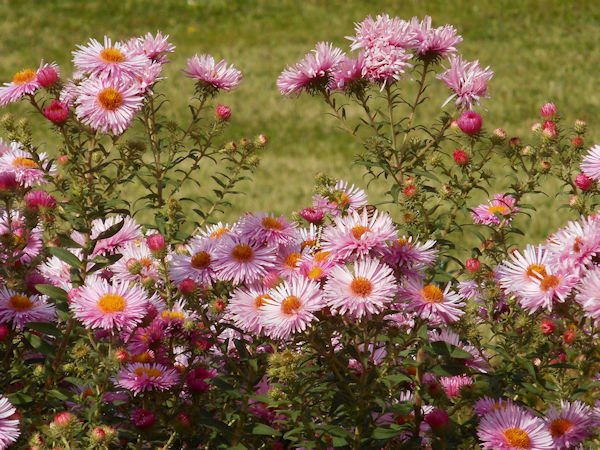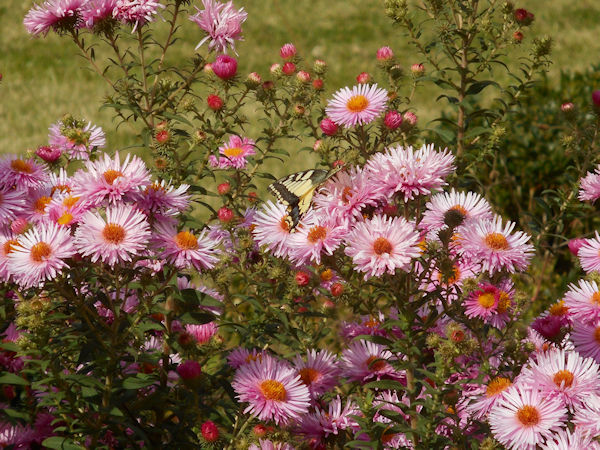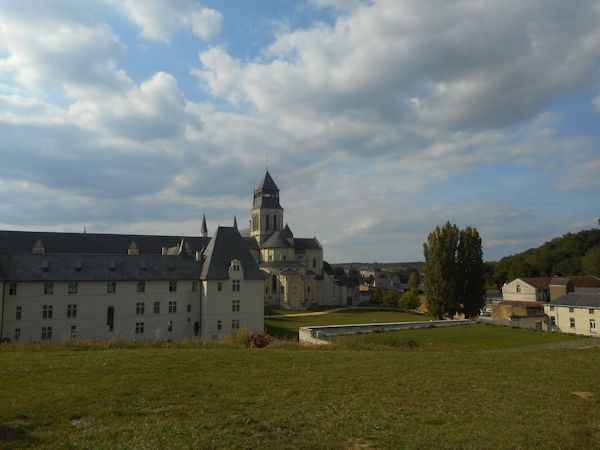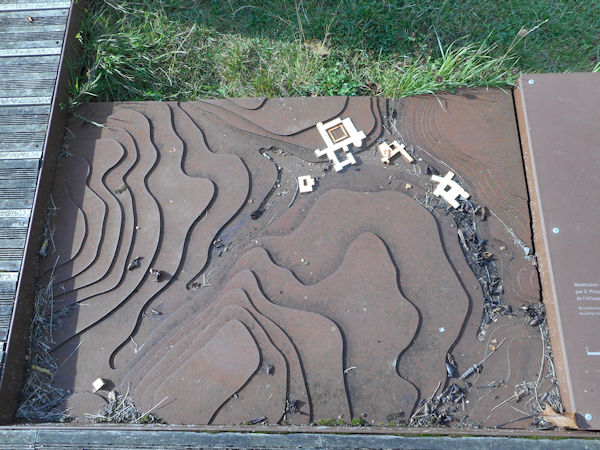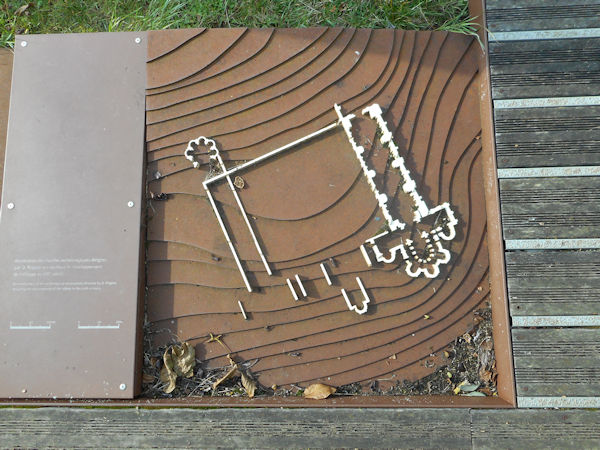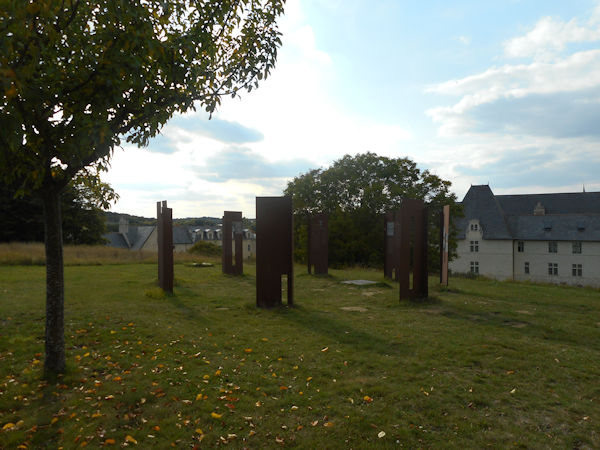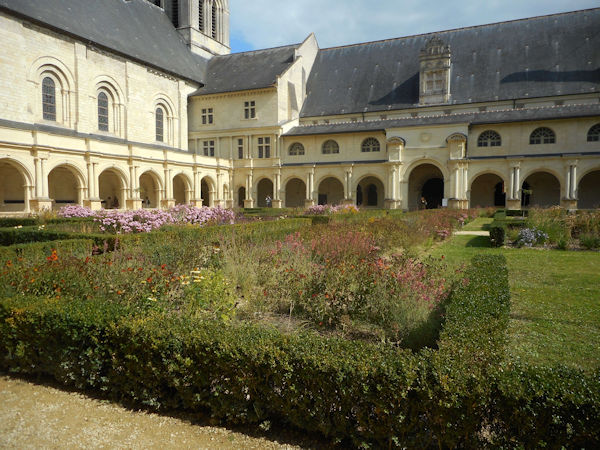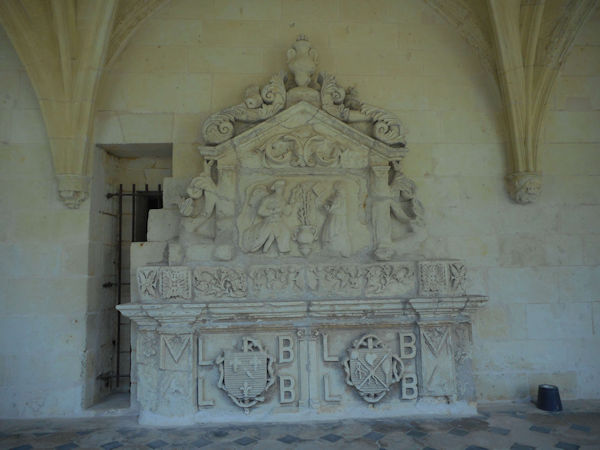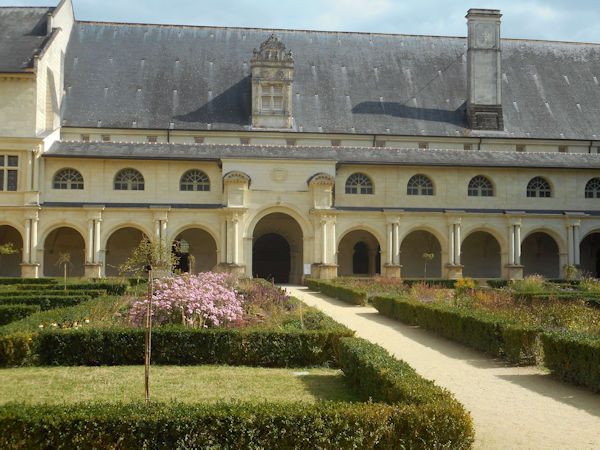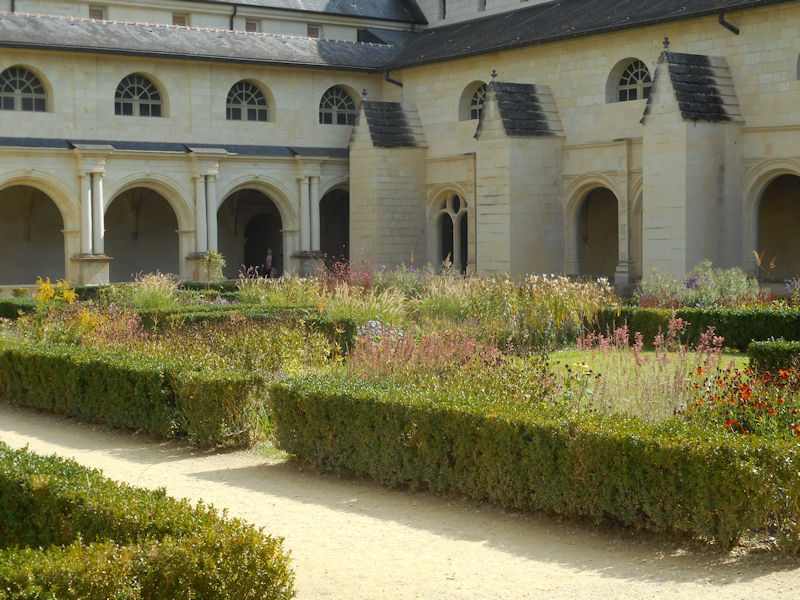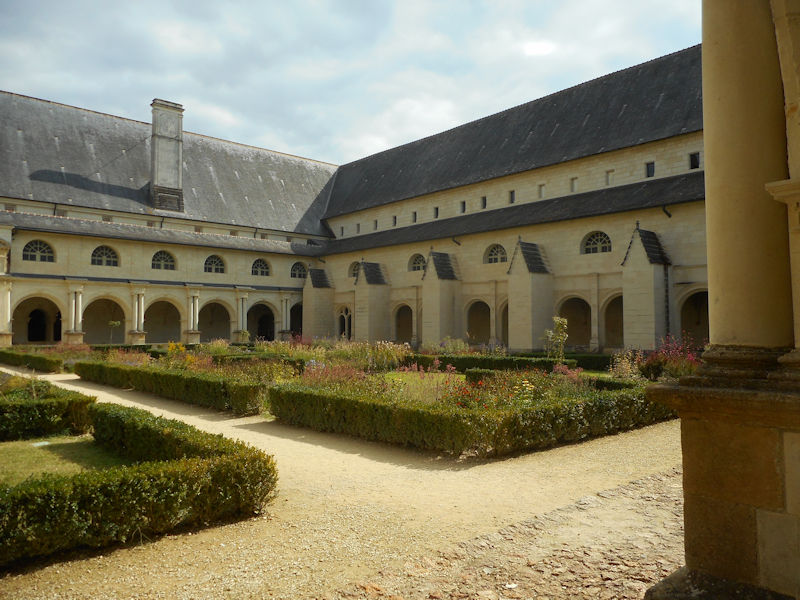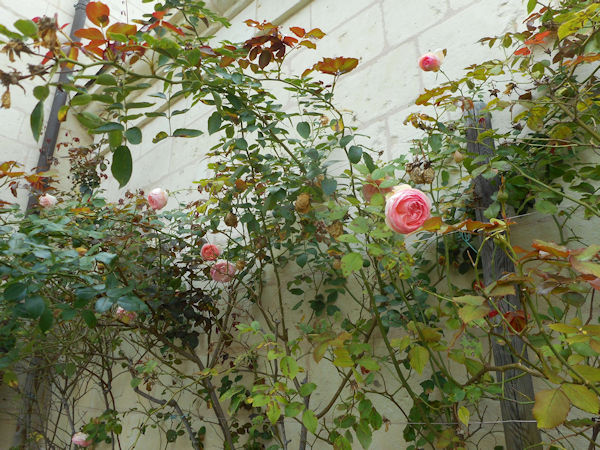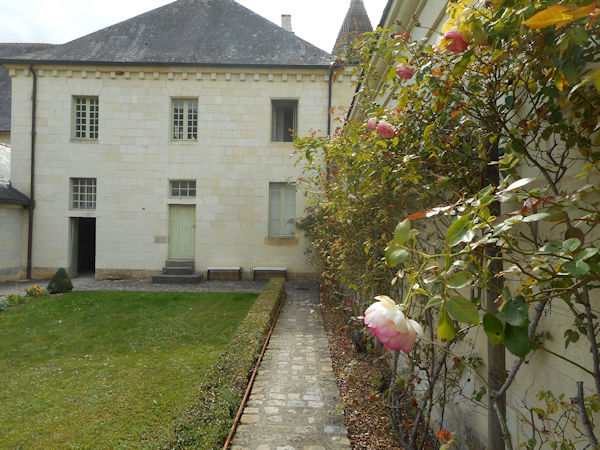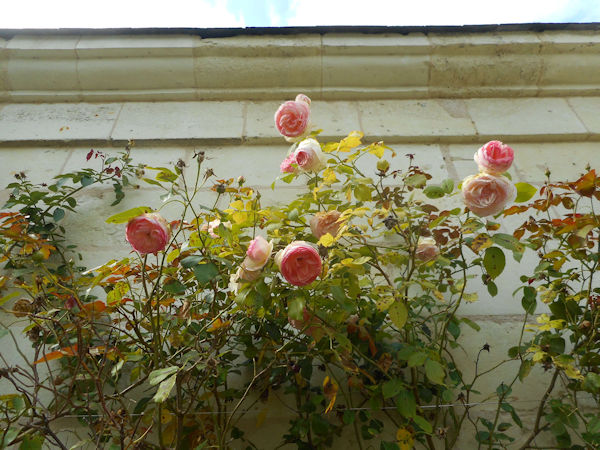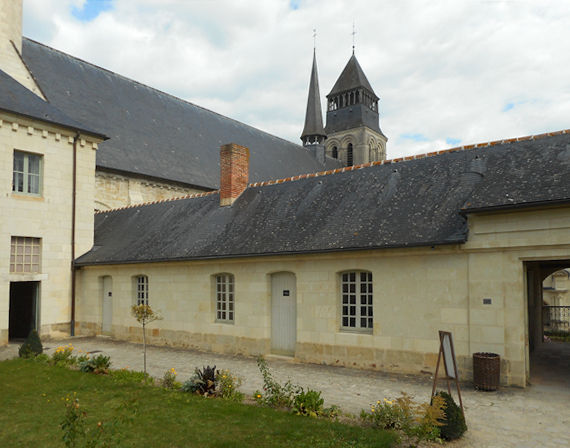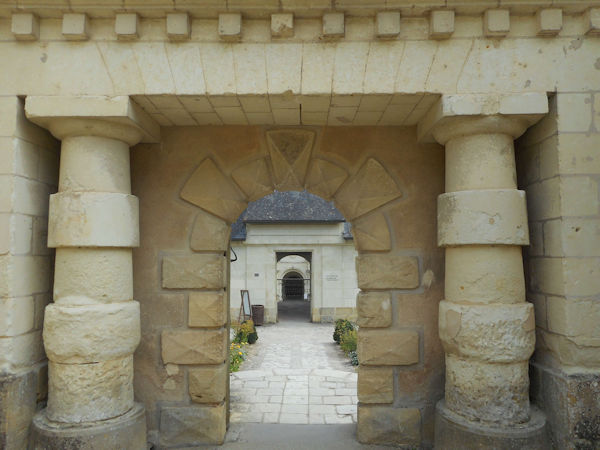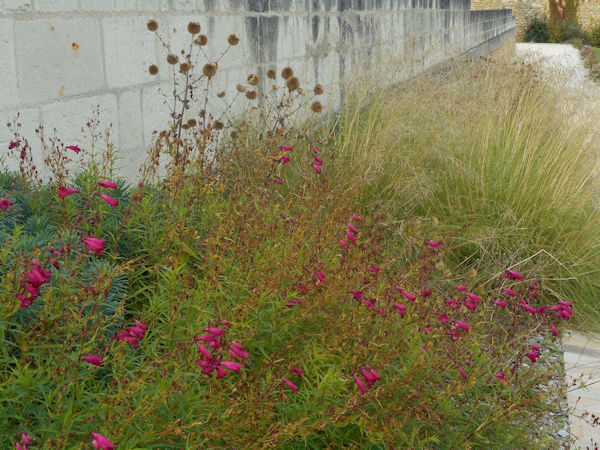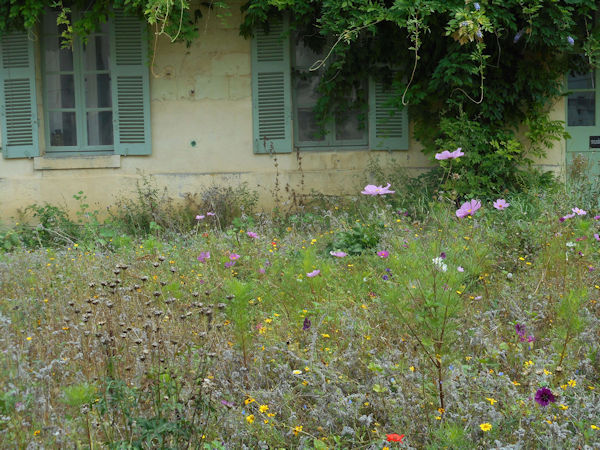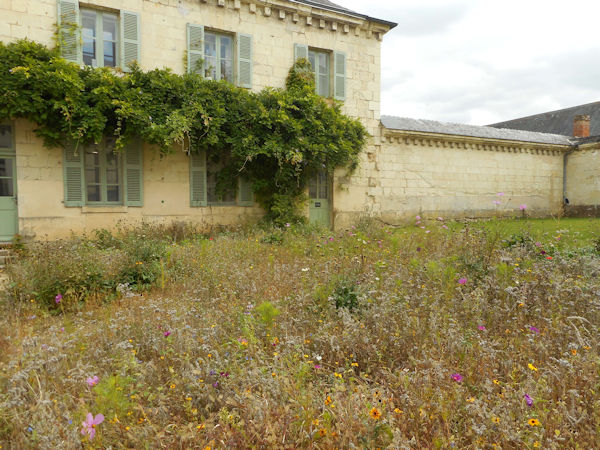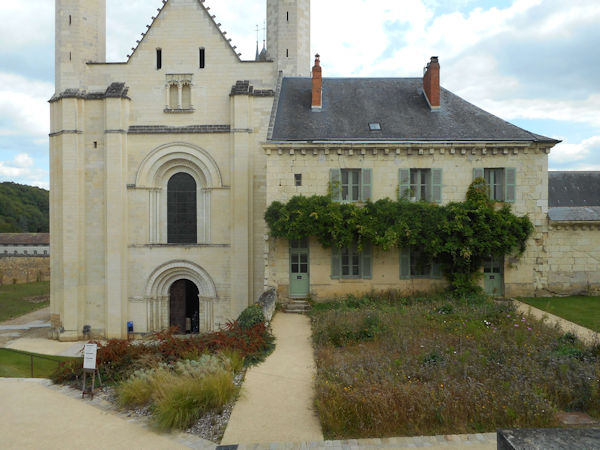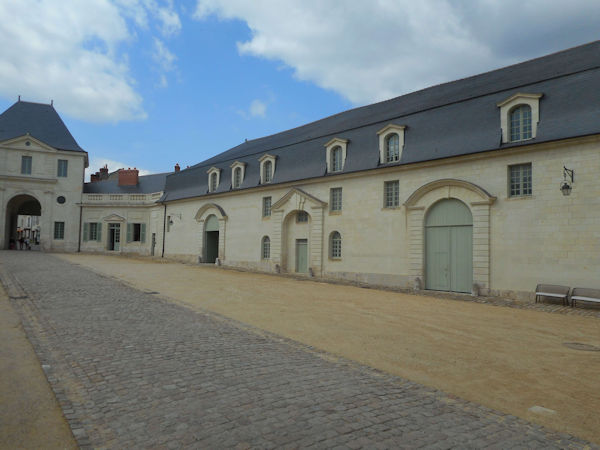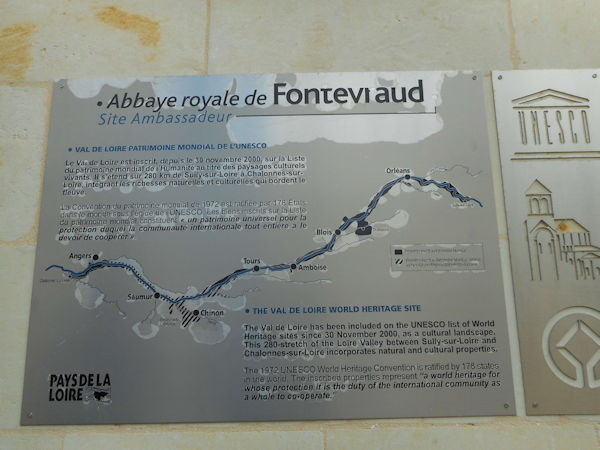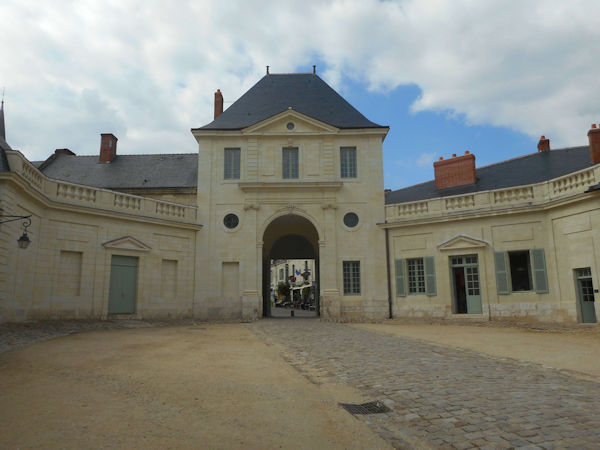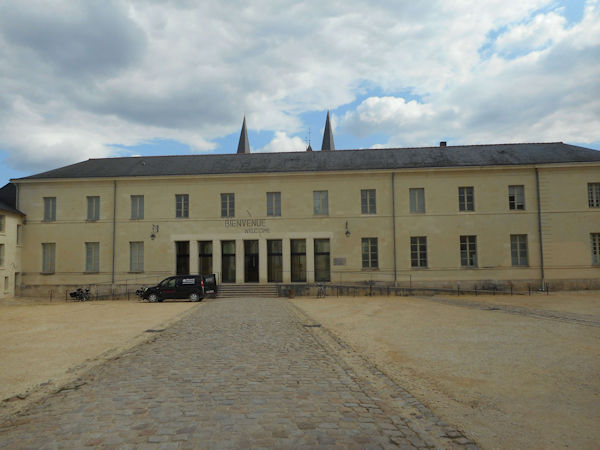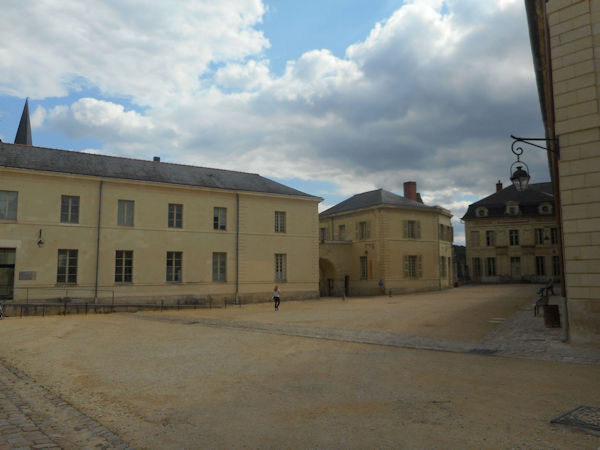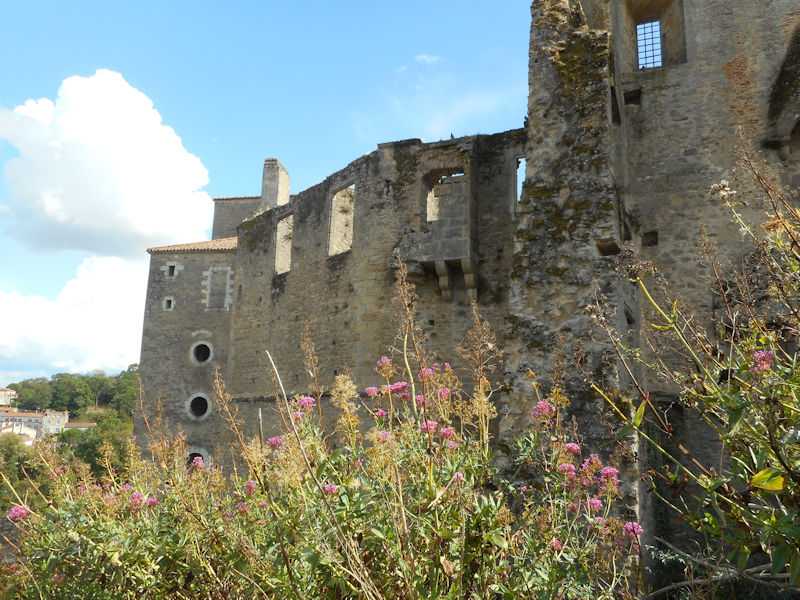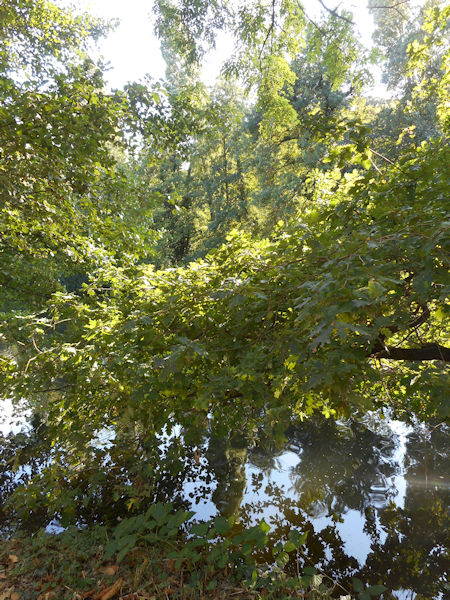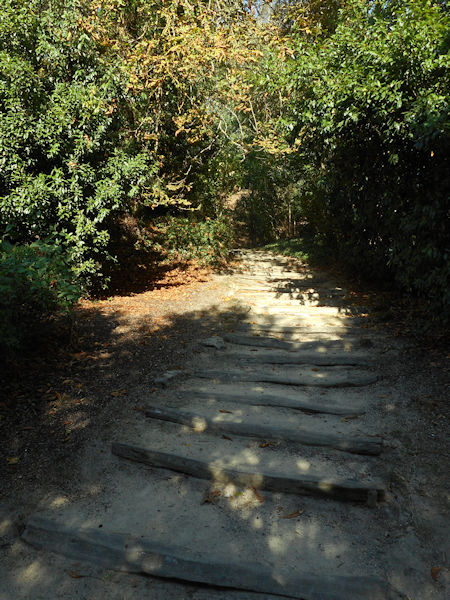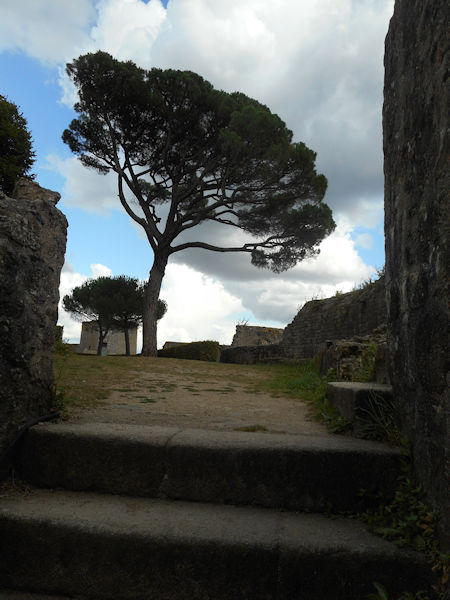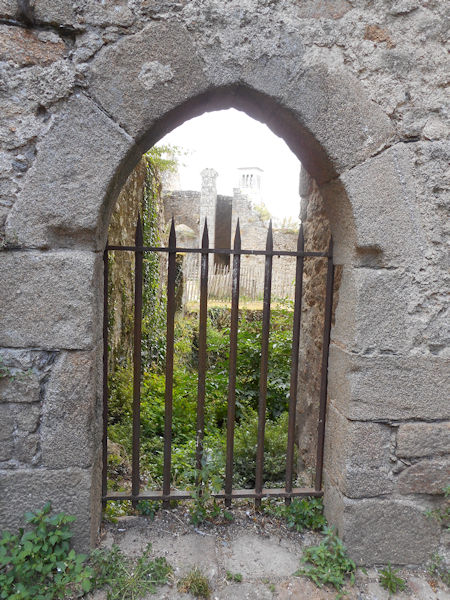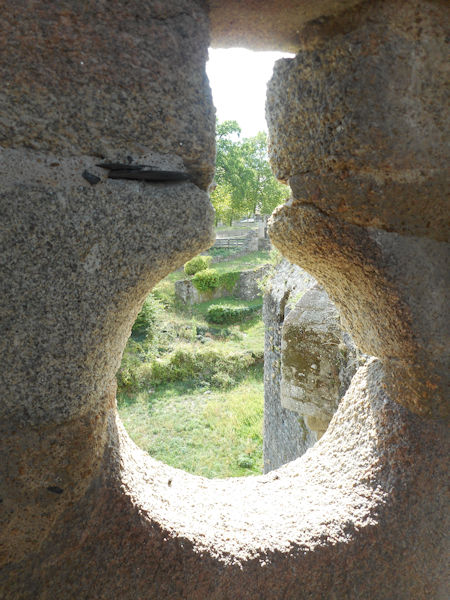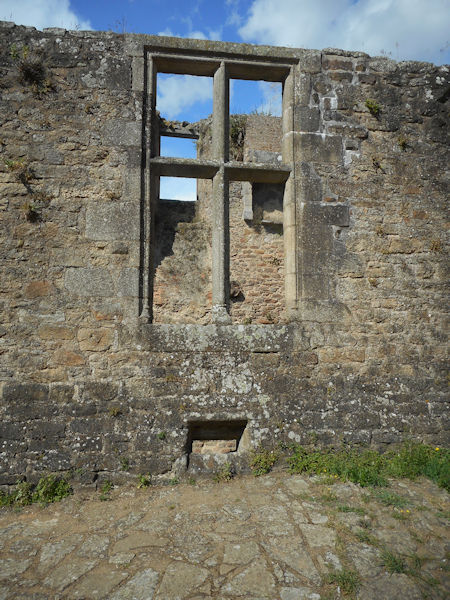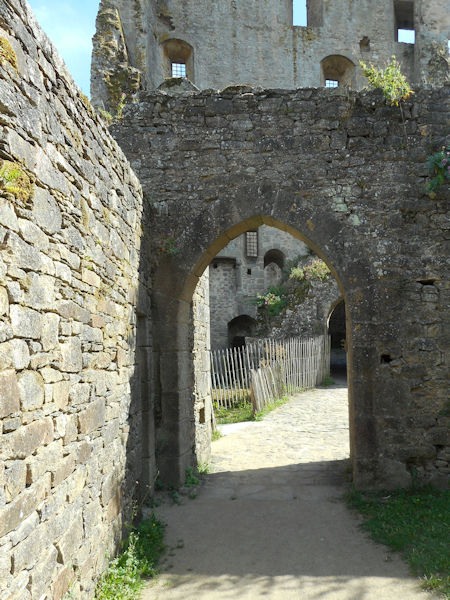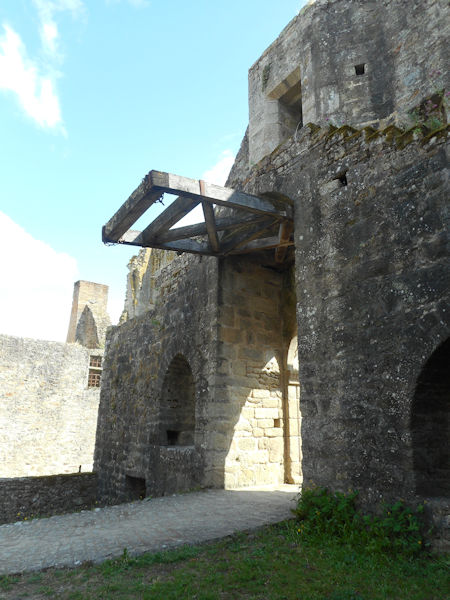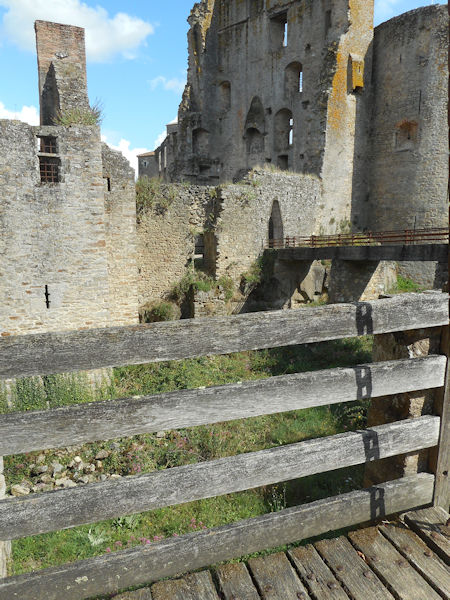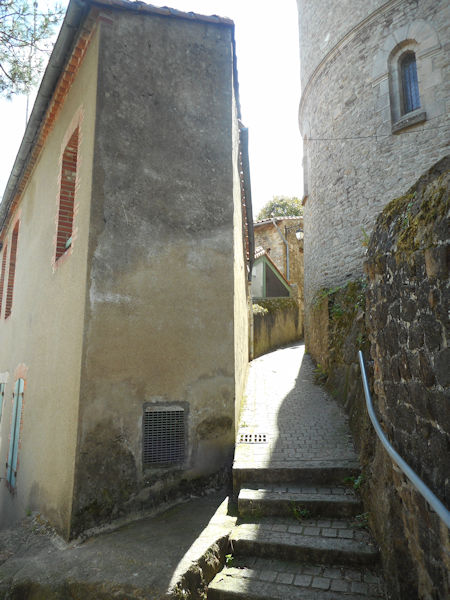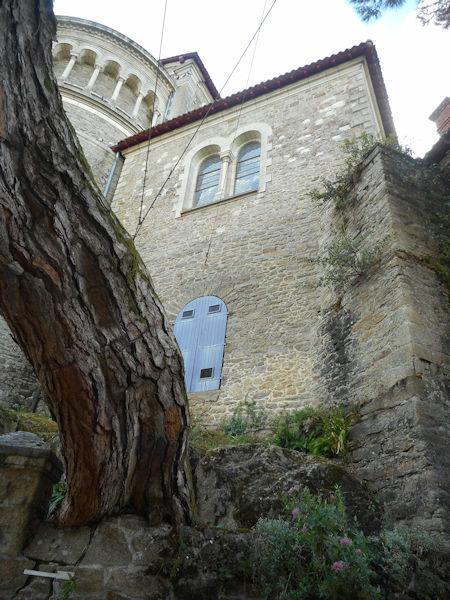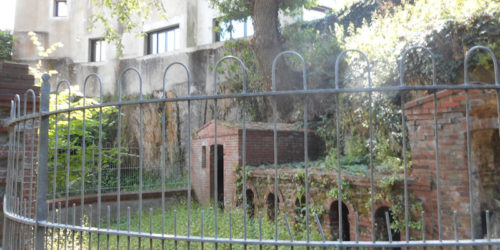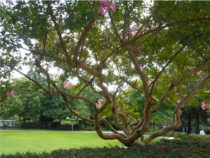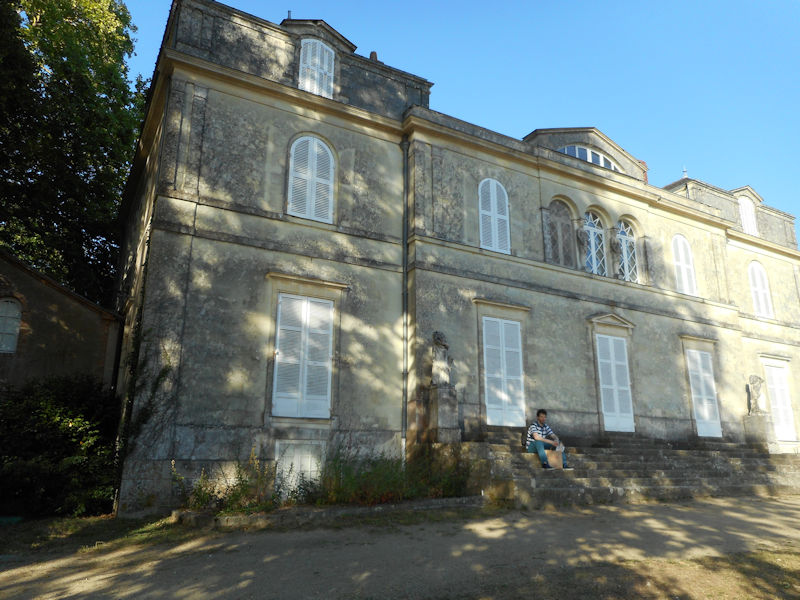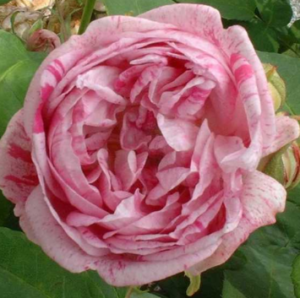
Grand old gardens seem to assert the outer borders of Nantes in each direction but it is to the North that is located a roseraie for all seasons with ample flowering year round, baroque old roses in the warmer months aside hardy new roses which still flower in the cold months. One could live in Nantes for this garden alone.
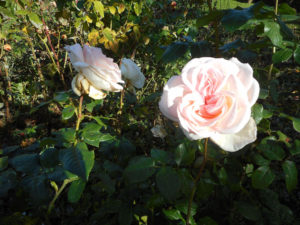
Nantes Roseraie in Autumn
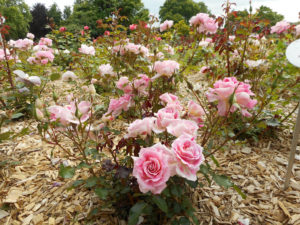
Nantes Roseraie in Spring
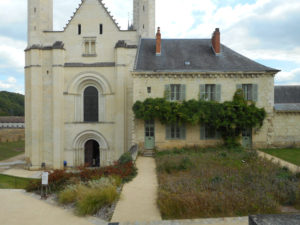
The Royal Abbey of Our Lady of Fontevraud or Fontevrault (in French: abbaye de Fontevraud) was a monastery in the village of Fontevraud-l’Abbaye, near Chinon, in Anjou, France. It was founded in 1101 by the itinerant preacher Robert of Arbrissel. The foundation flourished and became the center of a new monastic Order, the Order of Fontevrault. This order was composed of double monasteries, in which the community consisted of both men and women—in separate quarters of the abbey—all of which were subject to the authority of the Abbess of Fontevraud. The Abbey of Fontevraud itself consisted of four separate communities, all completely managed by the same abbess.
The first permanent structures were built between 1110 and 1119.[1] The area where the Abbey is located was then part of what is sometimes referred to as the Angevin Empire. The King of England, Henry II, his wife, Eleanor of Aquitaine, and son, King Richard the Lionheart were all buried here at the end of the 12th century. It was disestablished as a monastery during the French Revolution.
A UNESCO World Heritage Site, it is situated in the Loire Valley between Chalonnes-sur-Loire and Sully-sur-Loire within the Loire-Anjou-Touraine French regional natural park (Parc naturel régional Loire-Anjou-Touraine).
The complex of monastic buildings served as a prison from 1804 to 1963. Since 1975, it has hosted a cultural centre, the Centre Culturel de l’Ouest.
CLICK Refresh FOR SLIDES
Today Clisson exists as a flavour of Italy within France’s North West and the building styles and materials attest to this. Red terracotta roof tiles mix with slate and the rectangular tower of l’Eglise Notre-Dame de Clisson sits atop the building as it cascades down the slope to the narrow roadways leading to the river. Bright geraniums and pizza restaurants make for great outdoor the market in Summer. The influence of François-Frédéric Lemot is outstanding as he brought his taste for Italian art and architecture to Clisson.
Read more ..
I won’t ever forget the exhilaration during my first Summer in France as I discovered the manor and its Japanese garden reached via a park which shared an overgrown boundary with the rear of our garden. I came to it unexpectedly under the huge Japanese elm at the end of three kilometers of cow paddocks and shady riverbank paths, somewhere between lazy suburbia and heaven. We sat and ate cake from an old painted cake tin and I knew there and then, I was in France. The soft shadows of the glades give way to remnants of an industrial past.
Read the History ..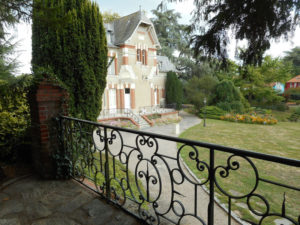
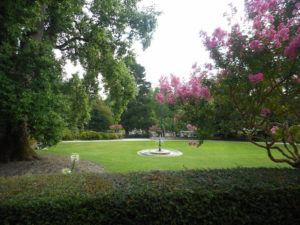
Parc de Procé has been appreciated by many people including Andre Breton, quoted on a plaque outside on the terrace café wall. Like most gardens in France they are entered by tall wrought iron gates and a café is housed in the old manor. Time doesn’t matter as we eat gelato and chat on the terrace looking down on the front park and fountain through the gnarled branches of the very old and well pruned crepe myrtle trees. Pruning is an art form in France where ever it occurs and I imagine taken for granted a little by the French, but to me the shapes are a key to recalling and respecting formalities of times past. A large Dahlia collection is secreted far away in the top corner of the gardens and comes as a surprise like many things. The species are all labelled and can be easily perused from markers along the stone mosaic paths. A traditional rotunda, mint green sits playfully among the flowers.
See more ..
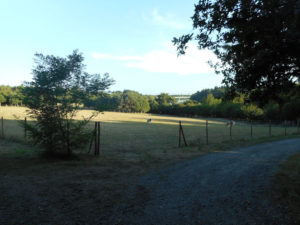
During my first Summer I experienced France at some of the finest moments, the long sweeping shadows of the Chantrerie defining the late afternoon, small sparkling flower heads leaning in as we lunched alone on the rear manor house steps oblivious to any activity the caryatids behind us had witnessed in centuries past. Nantes is visible only as a sole highrise, its only high rise tower, occupying a small spot at the centre of the horizon, the forest in the foreground and the Erdre River in the mid ground.
See more ..



